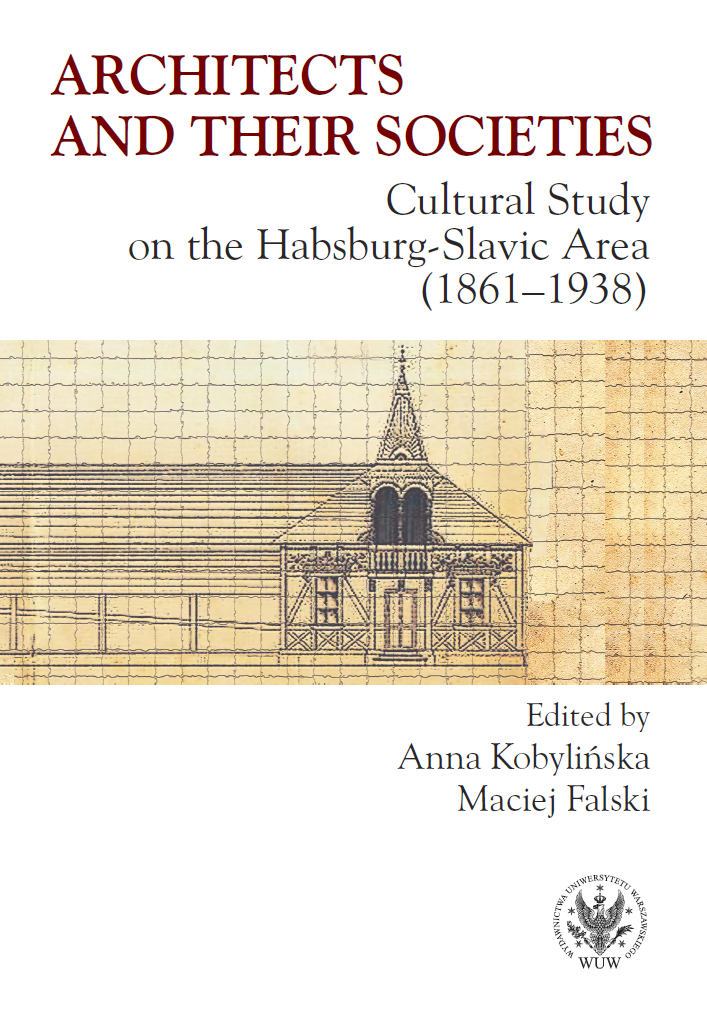Architects from the periphery: Ján Nepomuk Bobula and Blažej Félix Bulla
Architects from the periphery: Ján Nepomuk Bobula and Blažej Félix Bulla
Genealogy of localness
Author(s): Anna Kobylińska
Contributor(s): Katarzyna Wieleńska (Translator)
Subject(s): 19th Century, Pre-WW I & WW I (1900 -1919), Interwar Period (1920 - 1939), WW II and following years (1940 - 1949), Post-War period (1950 - 1989), Transformation Period (1990 - 2010), History of Art
Published by: Wydawnictwa Uniwersytetu Warszawskiego
Keywords: Slovak architecture; localness; Blažej Félix Bulla; Ján Nepomuk Bobula; Turčiansky Svätý Martin
Summary/Abstract: Using the example of the different professional paths of two architects, Blažej Félix Bulla and Ján Nepomuk Bobula (both of whom designed buildings intended to house the new institutions, crucial for Slovak national life and located in the provincial town of Turčiansky Svätý Martin), the article shows how the architects' work became a space for the manifestation of new values introduced into the public space and for the self-presentation and representation of the new social elites. Particular attention was paid here to the role of architectural investments confirming a real increase in the rank of a given place, appearing in semi-public and semi-private space, i.e. in a kind of internal space, partly hidden and at the same time open to subversive manifestations of one's own true identity (e.g. the discussed herein example of the temporary installation designed by Bulla – a wooden tower-gate added to the house of the Viliam Paulina-Tóth’s heirs for the time of the local ethnographic exhibition held in Martin in 1887). The examples of realised and unrealised architectural projects analysed in the article (also in terms of their exemplary impact on their surroundings, e.g. the case of architect Dušan Jurkovič, discussed here, who was fascinated by Bulla's designs) made it possible to trace the circumstances favouring the densification of communication at the local level and to analyse the phenomenon referred to here as the densification of locality, a manifestation of which was, among other things, the emergence in the area of so-called Upper Hungary of a new urban centre with a distinctly Slovak distinction and accumulated symbolic potential.
Book: Architects and their Societies
- Page Range: 74-101
- Page Count: 28
- Publication Year: 2021
- Language: English
- Content File-PDF

